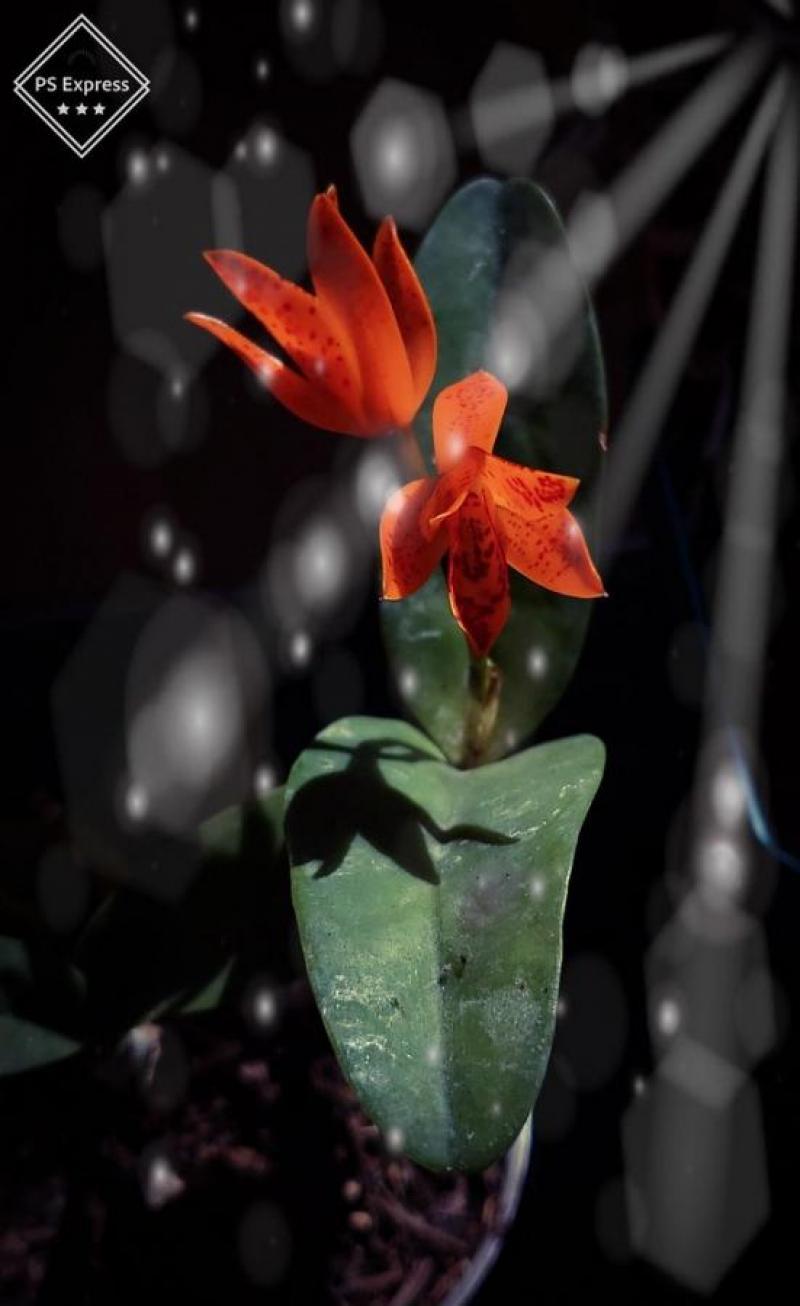Cattleya aurantiaca
Also known as: Orange Cattleya in the subfamily: Epidendroideae
Native to: Colima - Mexico Honduras Nicaragua Sinaloa - Mexico
General Information
Orange Cattleya is a sympodial cool to warm growing epiphytic orchid belonging to the sub family Epidendroideae native to Mexico, Honduras and Nicaragua.
Plant Description
Sympodial. Grows to 38cm. Each new growth has numerous erect leaves that grow to 5-18cm long. Pseudobulbs grow to 15-38cm
Flowers
Numerous self pollinating blossoms appear during Spring
Blooming Season
- Spring
Substrate(s)
- Coarse
- Bark
- Charcoal
Care Notes
These orchids like to be kept on the dry side, but may need to be watered daily during warm weather, and prefer a well draining mix or also do well mounted, provided they can be watered regularly.
These are quite a forgiving orchid, there are no special requirements to get this orchid to flower, just good care and consistent conditions. Larger plants may be more fussy and can react poorly to change; a poorly timed repotting, a pest infection or an unusually hot day can set them back for a couple of years. However, even plants that have been treated poorly can thrive, and if they are set back they often recover much stronger then they would otherwise be.
Climate
Grows at low to high elevations. Rainfall ranges from 5mm to 470mm per day, heaviest in September and lightest in January. Humidity ranges from 66% to 82%, highest in June and lowest in February. Temperature ranges from 12C to 29C, highest in April (16C to 29C) and lowest in January (12C to 26C).
Watering
Keep moisture levels up during hot weather as the plant is prone to dehydration
Fertiliser
These orchids do not need to be regularly fertilised and roots may be sensitive to salt build-up, dying back and therefore impairing the plants growth or even killing it.
If fertilising, use half to quarter of the recommended amount of fertiliser. If they receive fertiliser as part of a collection, be sure to flush out the pots regularly with fresh water and monitor the roots by checking how much resistance is given by the plant when nudged in its pot or mount. If the plant becomes wobbly or loose, repot in fresh mix or rinse the media/mount thoroughly and do not fertilise for at least 3 months.
Apply fertiliser regularly at half strength year round. This plant is sensitive so apply fertiliser sparingly at one quarter recommended strength or less. Use a high Nitrogen fertiliser during Spring and Summer. Use a high Phosphorous fertiliser during Summer. Reduce fertiliser when plant is dormant during Spring.Potting
These plants are quite forgiving and will do well repotted ever 2-3 years. The mix should be coarse, well draining, and allow space for air to move and for roots to grow.
Alternatively, these plants will also do well mounted to tree fern or cork slabs, or mounted to trees.
Best time for repotting or mounting the orchids is the end of winter when new growths start to appear. Avoid repotting during hot weather,
This plant does very well in baskets or suspended pots This plant does well mounted to Cork slabs.





















